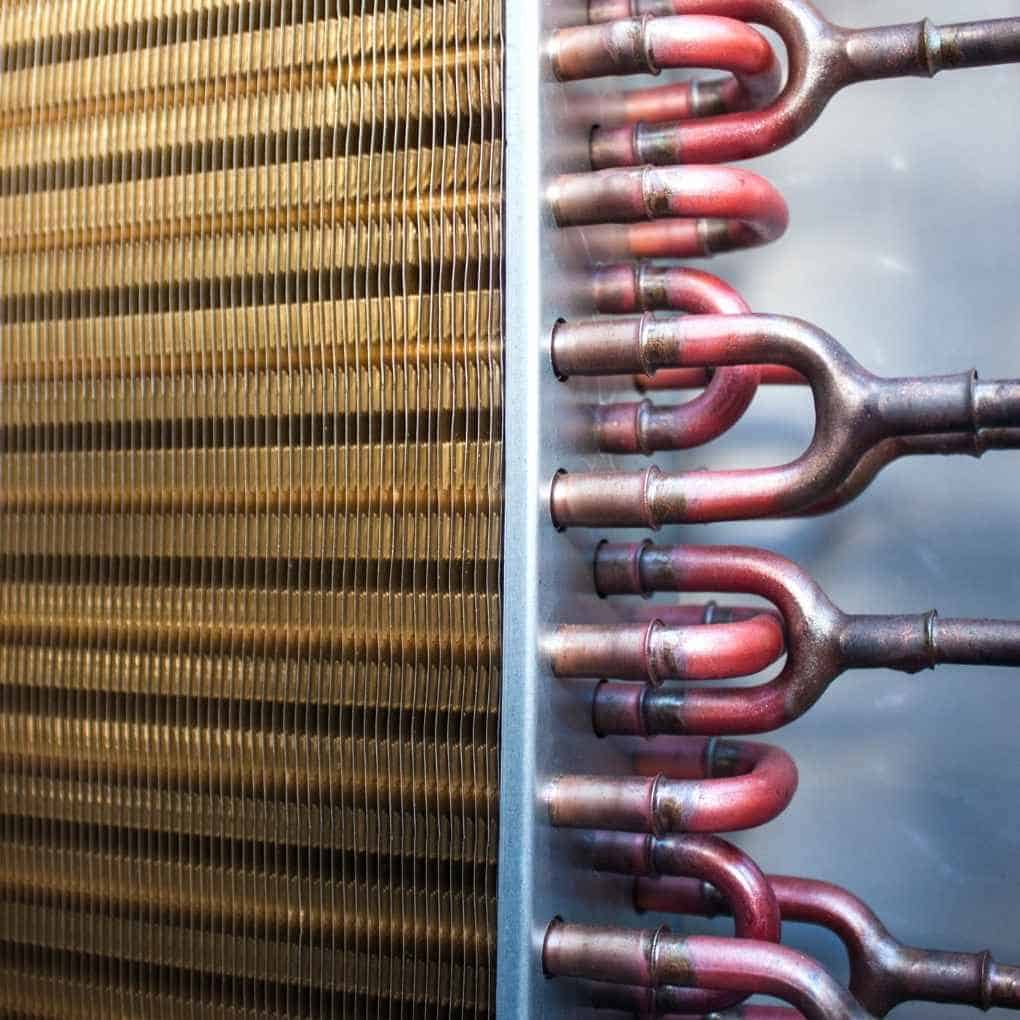In an era in which sustainability is at the forefront of the industrial sector, heat exchangers are arising as key elements in supporting efficient energy use and lowering negative environmental effects. These crucial devices allow the movement of heat across various fluids, acting a key role in diverse applications across industries HVAC, energy generation, and chemical processing. With advancements in technology continue to drive the evolution of heat exchangers, comprehending their roles and beneficial features is essential for businesses seeking to adopt more eco-friendly practices.
In the future of heat exchanger technology is bright and filled with potential for improving efficiency and performance. By the integration of smart monitoring systems, new materials, and streamlined designs, heat exchangers are evolving into more effective than in the past. In this piece will explore the multiple categories of heat exchangers, their roles, and the advancements influencing their future. Through an examination of the nuances of how these devices operate and their impact on energy consumption, we can value their crucial role in promoting a sustainable future.
Understanding Thermal Exchanges
Thermal exchangers represent vital elements utilized to move heat between two or additional liquids without the risk of mixing each other. They serve a key function in multiple industrial processes, environmental control systems, and renewable energy applications by enhancing productivity and cutting power usage. A heat transfer device functions based on the principles of thermodynamics, ensuring that heat from an individual gas is effectively conveyed to another, which is commonly at a reduced temperature.
There are several types of thermal exchangers, every crafted for specific uses and functioning conditions. Frequent types include shell and tube, plate, and finned-tube heat exchangers. Shell-and-tube heat exchangers comprise a series of tubes contained in a greater enclosure, permitting energy transfer between the gases inside and outside the pipes. Plated thermal exchangers utilize multiple narrow plates to create channels for the gases, enhancing interface and encouraging maximum heat transfer efficiency.
Choosing the right heat exchanger for a application depends on factors such as liquid properties, temperature requirements, and size limitations. Proper care is also essential to guarantee longevity and efficiency. Through engineering plans for hot water loop and applications of heat transfer systems, industries can capitalize on these systems to boost power efficiency, lower expenses, and promote green initiatives.
Utilizations and Efficiency
Thermal exchangers play a vital role in multiple industries, allowing effective thermal energy transfer and contributing to overall operational effectiveness. Some of the primary applications include energy production, HVAC technologies, refrigeration, and food and beverage processing. In electricity plants, heat exchangers enable the transfer of heat between fluids, improving efficiency in steam generation and cooling processes. The HVAC industry relies on these devices to ensure optimal indoor temperatures while reducing energy consumption, illustrating their importance in modern building management.
The effectiveness of heat exchangers significantly impacts energy utilization and operational costs. By efficiently transferring heat, these devices reduce energy waste and improve the overall performance of processes. Innovations in heat exchanger configuration, such as compact designs and advanced substances, have further enhanced heat transfer efficiency while diminishing the space required for installation. As organizations aim for increased environmental responsibility, optimizing heat exchangers becomes a critical focus to achieve energy efficiency goals and lower carbon emissions.
Moreover, the link between heat exchangers and sustainability is growing significant. With a increased need for renewable energy technologies, heat exchangers are vital in harnessing and utilizing energy from renewable options, such as geothermal and solar. Their ability to boost thermal efficiency is essential to more sustainable operations across fields. By allocating resources in enhanced heat exchanger technology and maintenance practices, organizations can secure consistent performance while promoting environmental goals.
Maintenance and Future Developments
Effective maintenance of thermal exchangers is crucial for ensuring their efficiency and longevity. Regular inspections should be conducted to identify potential issues such as dirt buildup, corrosion, or leaks. Implementing a robust maintenance program can help detect early signs of failure, ultimately diminishing downtime and operational costs. Managers should consider using electronic monitoring tools that provide live data on performance metrics, allowing proactive maintenance instead of responsive fixes.
As the demand for eco-friendly heating solutions grows, future trends in heat exchanger innovation are geared toward improving energy efficiency and lessening environmental impact. Innovations such as streamlined designs, enhanced materials like high-performance polymers, and innovative manufacturing techniques will enhance more efficient heat transfer processes. Incorporating smart technology for oversight and control is also anticipated to play a significant role in optimizing performance and minimizing energy consumption.
With an increasing emphasis on renewable energy systems, heat exchangers are developing to meet the distinct requirements of these applications. For instance, the design of heat exchangers specifically designed for ground-source and solar heating systems will enhance their relevance in sustainable infrastructures. As industries move in the direction of greener practices, ongoing research and partnerships will continue to drive advancements in heat exchanger technology, supporting a more sustainable future.

